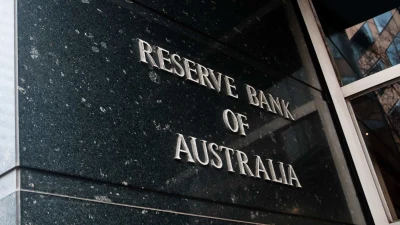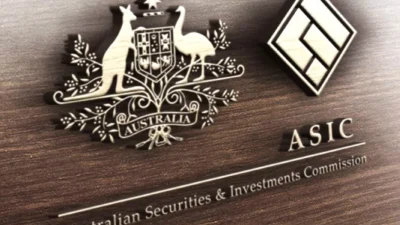ASIC levy reduction cuts cost recovery by two-thirds



A reduction in the Australian Securities and Investments Commission (ASIC) levy has meant the corporate regulator is estimating it will recover almost a third of its previous estimate from the financial advice subsector.
The corporate regulator released its cost recovery implementation statement (CRIS) for 2020-21, which stated the decision to cap levies by the Government at the 2018–19 level of $1,142 per adviser for 2020–21 and 2021–22 would result in partial cost recovery for the sector.
ASIC said with an estimated 18,750 advisers and 2,934 licensees in 2020–21, it estimated costs that would be recovered from the subsector for was now $25.8 million.
The cost of regulating licensees in 2019–20 was $56.2 million, while the estimated cost of regulating the subsector for 2020–21 was $71.4 million prior to the levy reduction announcement.
“Under the industry funding model, all entities in this subsector pay a minimum levy of $1,500, and a graduated levy based on each [Australian financial services] AFS licensee’s share of the total number of advisers registered on the financial advisers register at the end of the financial year,” ASIC said.
“This is because the greater the number of advisers, the larger the number of clients able to be serviced and the higher the level of regulatory oversight required.
“A licensee will only pay the levy in proportion to the number of days in the financial year that they held the relevant AFS licence authorisation.”
ASIC noted some stakeholder criticism on the draft CRIS:
- Several respondents expressed concerns about the design of the industry funding model, particularly in relation to licensees that provide personal advice to retail clients;
- Some respondents suggested that enforcement costs for the personal financial advice subsector should be recovered from entities that generated ASIC’s supervisory and enforcement activities, particularly the larger firms including those that left the subsector;
- Advisers with a limited AFS licence should not pay an equivalent amount to advisers who are licensed to provide a full suite of advice services;
- Provision of personal advice to retail clients on relevant financial products should be excluded from the definition of insurance product distributors since financial advisers act on behalf of the client, not the insurer;
- One respondent suggested that the rate of increase in levies surpasses the rate of revenue growth for most financial planning businesses;
- Some respondents suggested that these costs were passed on to consumers and would impact the affordability of financial advice and it was unreasonable for investigation and litigation costs associated with unlicensed operators to be borne by regulated entities; and
- Concern was expressed about the increasing levies for financial advisers in light of the upcoming levies for the compensation scheme of last resort, the single disciplinary body, breach reporting, as well as increasing professional indemnity insurance costs.
ASIC said the industry funding model was prescribed in a number of legislative acts and regulations, which meant amendments to the model were a matter of legislative action by the Federal Government.
ASIC also noted it continued to examine the unmet advice needs and how it could be addressed.
“We are engaging with industry about what practical steps can be taken to promote the availability of good quality, affordable advice for consumers,” it said.
“We are also conducting research into the cost of providing advice, the financial decisions consumers make to understand their advice needs and the type of information an adviser is required to gather and analyse when advising a client to switch products.”
Recommended for you
The Reserve Bank of Australia (RBA) has lowered rates to a level not seen since mid-2023.
Financial Services Minister Stephen Jones has shared further details on the second tranche of the Delivering Better Financial Outcomes reforms including modernising best interests duty and reforming Statements of Advice.
The Federal Court has found a company director guilty of operating unregistered managed investment schemes and carrying on a financial services business without holding an AFSL.
The Governance Institute has said ASIC’s governance arrangements are no longer “fit for purpose” in a time when financial markets are quickly innovating and cyber crime becomes a threat.











